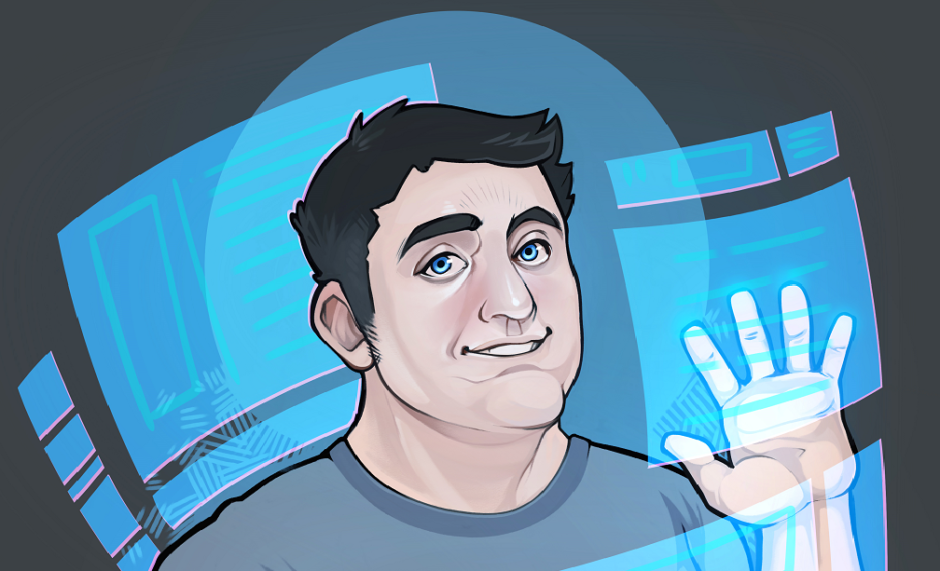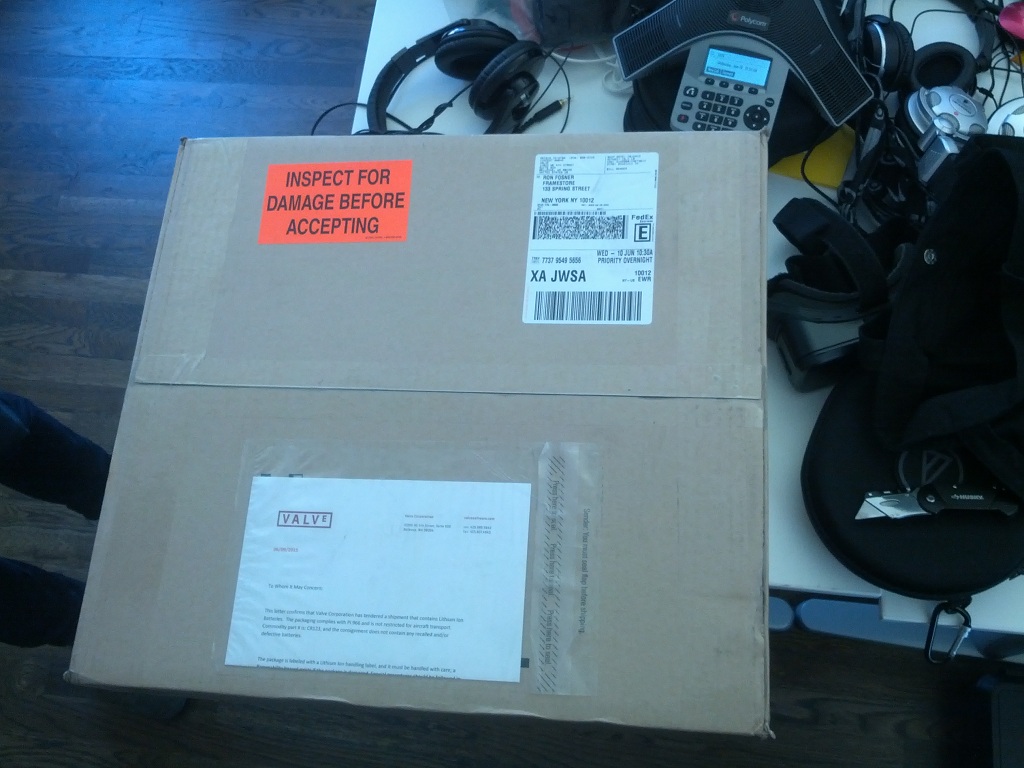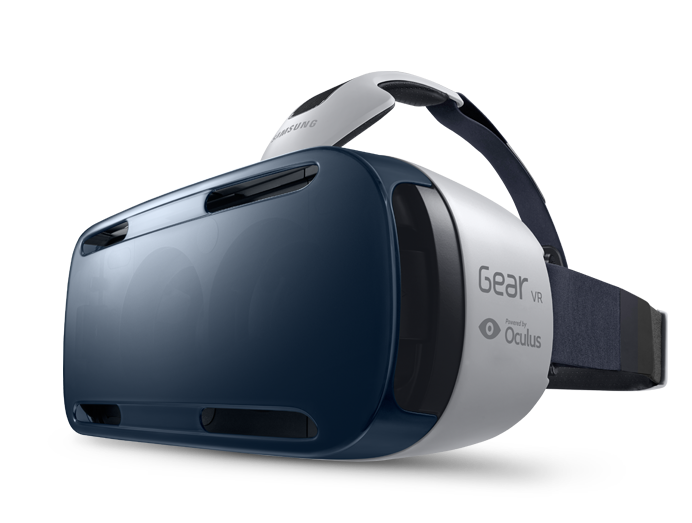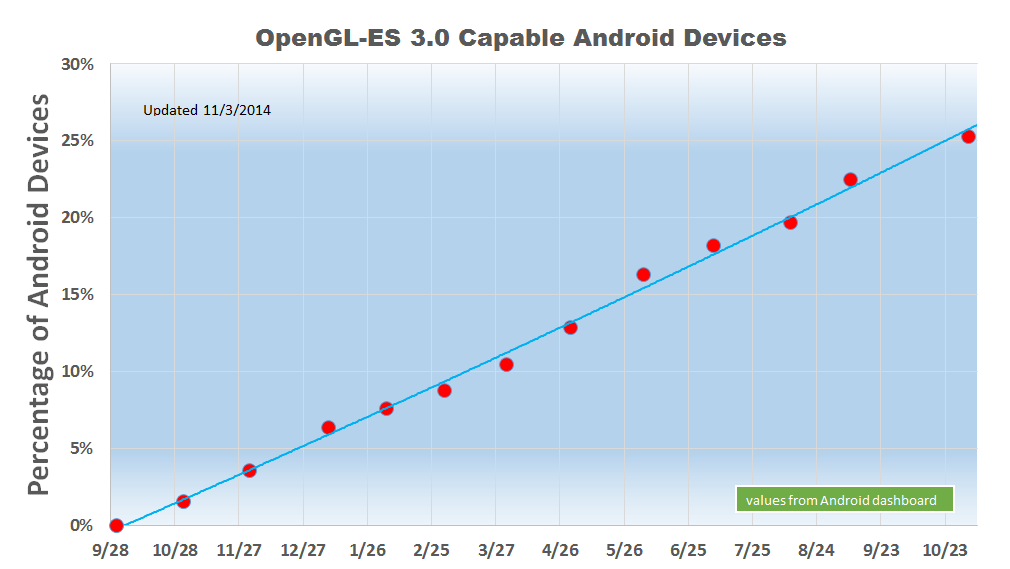TLDR: I’m going to rag on Google’s 360° action flick “Help” as the acme of horrible 360° mobile filmmaking.
I’m not a huge fan of 360° immersive videos. They are terribly hard to do right – and by “right” I mean entertaining, interesting, and intuitive. Unfortunately I see a trend amongst the companies who are pushing 360° video and in particular labeling it as a “VR” experience. In reality most of the 360° videos I see are utter crap with prominent stitching artifacts, and horrible (or the utter lack of) focus on the action. I see this when traditionally (i.e. film and TV) focused directors try to create a 360° experience, making the naive assumption that what they know works and that 360° video is just some new tech like 3D – you can just do what you’ve always done in the “new” medium and it’ll turn out OK. Sorry, no. This will work with 180° degree videos – in fact I think this will be the ultimate direction that a lot of “VR” video will be used for, but with 360° you have to think about the experience in a totally new way.
It all comes down to vision and talent – the ability to imagine yourself in the center of an interesting experience and deciding how you are going to present it. This can be greatly successful – if it’s done so that the user can easily and intuitively focus on the interesting parts. This shows the greatest success when it’s an immersive experience with either one direction of interest or else when entire view is interesting.
Some examples of getting it right are;
WarCraft: Skies of Azeroth This is the full deal – you are just riding in a big eagle, looking around (like you would do if you really could ride an eagle). It’s the total environment that interesting.
AirPano’s The Land of Bears, Kurile Lake, Kamchatka, Russia which naturally lets you focus on the bears as you fly over them from a drone’s perspective. It’s good because you get to focus in the interesting bits – it’s right there, easily trackable. You want to follow a particular bear? Then it’s as easy as turning your head.
Google’s own Spotlight Stories’ A 360° World, which is undeniably cute, is easy to follow and an interesting cardboard experience, but probably would have been better using traditional film focus of the action in front of you. Still, it’s not bad and it’s easy to follow the main action.
Some Horribly done ones are;
Pretty much any 360° Concert Video. Plop a sphere of GoPro’s off the the side of the stage and what do you get? A weird video where you get 90° of interesting content, a big view of the crowd, and a slice of the backstage. Yeah you can rotate around, but I don’t go to a concert to spend much if any time looking at the crown or the stage hands – I come to see the performer. And that tiny sliver I see of them isn’t really a great experience.
Nike’s The Neymar Jr. Effect – a pukefest that breaks a lot of the good VR experience rules. Really who thought up this shit?
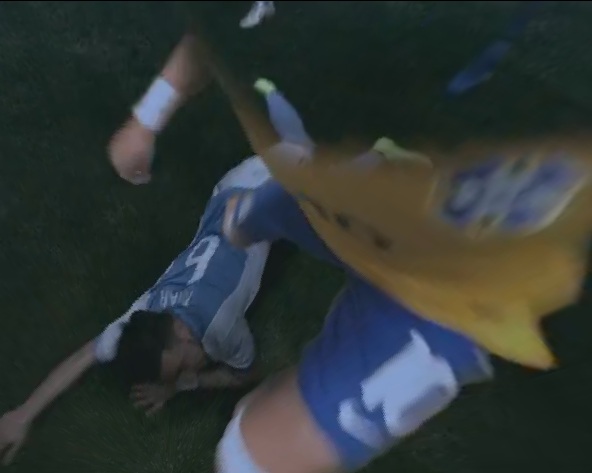 You play as the “head” of a Brazilian soccer player – I mean really.. they chopped his head off, placed the viewpoint there (see the image) and you get to ride along – bouncing on his shoulders – able to completely swing through 360° of nauseating motion. All you control is the orientation, you get to bounce along while he skittles along the field and makes a goal. And the beginning is entirely a 2D introduction with helpful arrows pointing you back to the front. Nike probably spent a ton of money on this – guess what – it’s utter crap.
You play as the “head” of a Brazilian soccer player – I mean really.. they chopped his head off, placed the viewpoint there (see the image) and you get to ride along – bouncing on his shoulders – able to completely swing through 360° of nauseating motion. All you control is the orientation, you get to bounce along while he skittles along the field and makes a goal. And the beginning is entirely a 2D introduction with helpful arrows pointing you back to the front. Nike probably spent a ton of money on this – guess what – it’s utter crap.
And finally there’s the thing that drove me to write this, Google Spotlight Stories’ latest release – from director Justin Lin – the live action “Help”. Now don’t get me wrong, there are things I really like about this film – it’s interesting, the production quality is great, the acting (what you can see of it on a phone) is good, FX are well done. Unfortunately there are two major flows that make it really hard to like as an experience.
Most of the time you are placed in the middle of the action. Which really sucks as there are people running away from the monster in front, and the monster chasing them behind. You can focus on one or the other, but you are always just seeing one half the story. This is absolutely NOT they way to do an immersive experience. Immersive does NOT mean I have to swing my head wildly back and forth like a terrier trying to break the neck of a chicken. And yes I could watch from one orientation then from the other. This would be like watching an argument by first hearing one person’s entire monologue, then the other’s. Neither one will be satisfying by itself. So placing the viewer between the antagonist/protagonist is an utterly bad immersive experience.
So much for the viewing experience – what made it much worst was trying to do this on my phone. It wasn’t my head I was swinging back and forth, it was my phone. Wearing an HMD would have made it a better experience. Unfortunately with a phone, I have a tiny little window through which I have to peer to see what’s going on. I was in a swivel chair wildly trying to spin back and forth, squinting at the tiny screen trying to catch sight of what was going on. This just made the entire experience horribly taxing, frustrating, and non-immersive. Apparently I’m not the only one, either. Didn’t anyone actually test this setup before releasing it?
The problem is when there is just one interesting bit of action, I don’t want it spread all over a virtual sphere. And in “Help” there was just the monster chasing the folks for a bit – placing me between them did not make it a 360° experience. You can’t break a single action bit into a panorama – at least we haven’t done this successfully yet. This is where I think traditional film and TV direction does not translate to any sort of VR experience – you can’t take the traditionally single point of interest and plop a spherical camera rig nearby and expect it to be instantly “immersive”. This is where I think it’ll morph into a 180° experience – this is more along the lines of traditional cinema, but gives me the (small) ability to move my focus a bit if I want to see more. Really, with two years of planning, you’d think the execution would have been better thought out.
Don’t get me wrong, I eventually think we’ll figure out how to consistently create an immersive VR action experience. Full disclosure: The company I work for makes stereo 360° videos all the time. But at least they are either focused on the entire environment, or there’s a single point of interest that moves about the scene. We try *really* hard to make sure the user experience is good, that it’s not taxing or frustrating. It kills me when I see companies trying to do the whole “immersive 360 VR experience” and being totally clueless about how to pull it off. Even Google, who I applaud for trying this stuff out, apparently can’t claim success 100% of the time.
